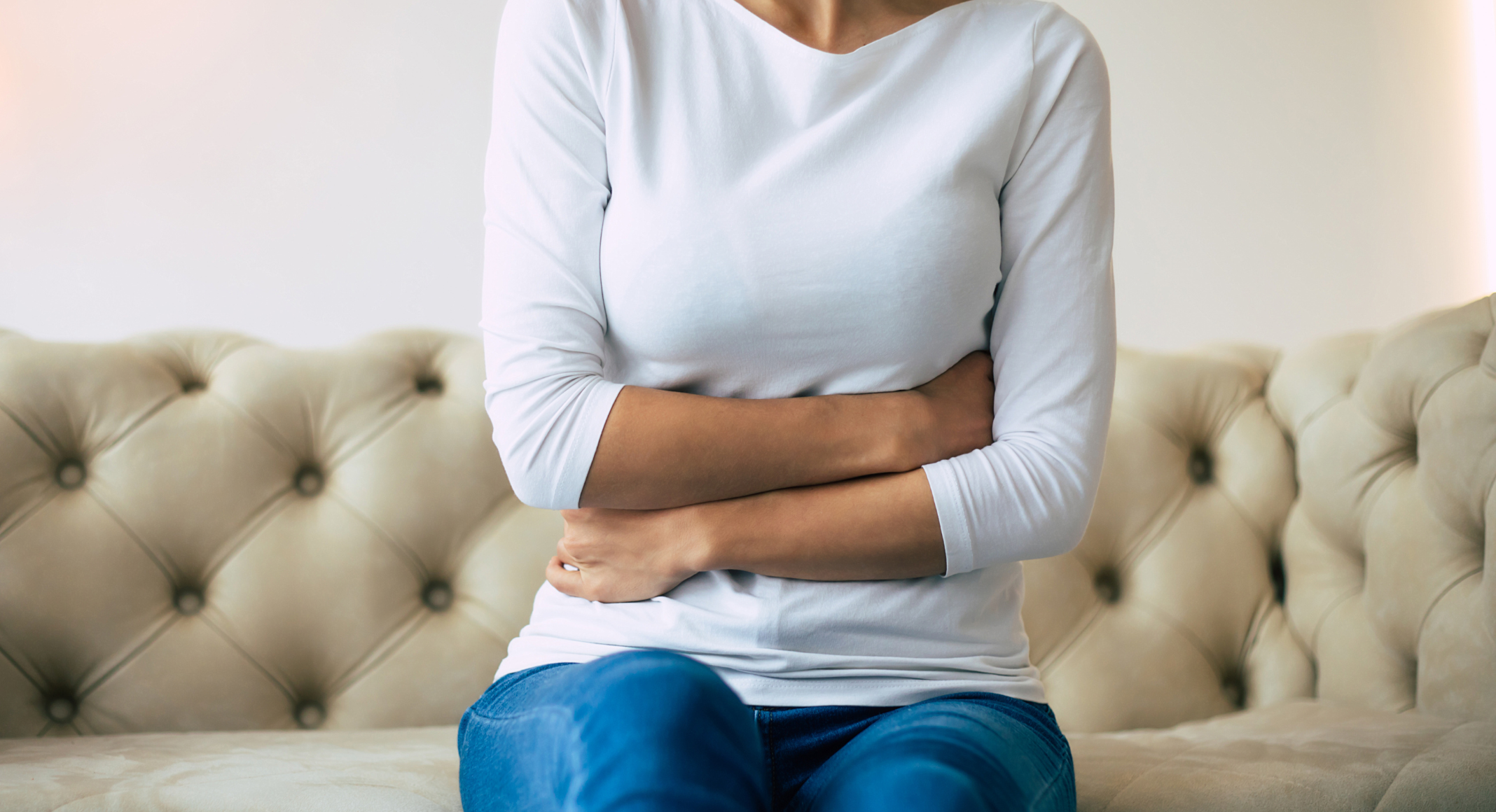If you had asked me just four years ago at the age of 30, if I knew what endometriosis was, I wouldn’t have been able to say yes. It wasn’t until a few years later that my twin sister would be the one to explain to me what it was and how she was living with the chronic pain that bothered her every day.
It took five years of trying to conceive naturally and all tests coming back normal with her primary doctor, for my sister to start working with a fertility specialist. After one IUI, two rounds of IVF, and no baby in hand, I offered to donate my eggs to my twin sister in July of 2019. The process took a few months to coordinate between states as she was in Florida and I in Kentucky. It required multiple scans, blood tests, legal reviews and mental evaluations to qualify as a donor. Once approved, I flew down to Florida for a few weeks and began my cycle of hormone injections along side my sister so that we could sync our cycles.
It was November of 2019 when I was first told that I had endometriosis. During the egg retrieval procedure, the fertility doctor noted that I had a few spots on both of my ovaries and he was able to remove them during that procedure. He said that I would need to start seeing a specialist once I was back in Kentucky to continue to monitor it.
At the same time, my sister continued to suffer almost daily, but she prevailed through her pain and was able to adopt two beautiful girls only a few months apart in age in early 2021. Right before her second daughter was born, she met with a surgeon to have an MRI of her uterus, which later confirmed through a laparoscopy procedure that endometriosis had spread to other organs around her pelvic region. She was scheduled for surgery in late 2021. Her one hour surgery turned into a three hour surgery because they were not expecting how invasive the endometriosis was until they opened her up. It took many years of struggling with infertility and seeing many specialists, to finally identify the culprit: stage 4 endometriosis. She went on to have a second surgery to remove her appendix due to it also being covered in endometriosis.
In a way, I had expected that I might have endometriosis after learning of both my mother’s and sister’s diagnosis, but I didn’t have the chronic every day pain like my sister. I’ve always struggled during my monthly cycles and endured the gut wrenching pain during ovulation but it never occurred to me that it was something more. This leads me to writing this article… let’s bring awareness to this women’s health condition!

What is it exactly and why should women learn to understand how to get diagnosed?
Endometriosis is a common reproductive health condition that effects more than 5 million people in the U.S and can cause chronic pain, and in some cases, infertility. It is a painful disorder in which the endometrium, the tissue that lines the uterus, grows outside of the uterus. It’s most commonly found on the ovaries and the bladder, but has been known to grow on any organ close to the pelvic cavity like the bowels or appendix.
It is often diagnosed in women in their 30s and 40s and the most common symptom is chronic pain, usually in the pelvic region, right before and during mensural periods. Pain can range from barely noticeable to severe, enough to prevent a person from doing daily activities. Other symptoms include intestinal pain, lower back pain, spotting or bleeding. Birth control has been proven to help manage chronic pain, but it may not work for everyone.
Endometriosis is one of the top three conditions associated with female infertility, and according to NICHD, about 30 to 40 percent of women with the condition cannot get pregnant on their own. Many women don’t even know they have endometriosis until they have trouble conceiving and look to specialist for help. To diagnose, it requires undergoing a laparoscopy and ideally a biopsy. Direct visualization of the implanted tissue during the procedure is the most common way of confirming a diagnosis.
A laparoscopy is a minimally invasive and low-risk procedure. It’s typically performed under general anesthesia by a surgeon or gynecologists’. Most people are released on the same day. During the procedure, a long thin viewing instrument, called a laparoscope, is inserted into the abdomen through a small, surgical incision. This allows the doctor to view tissue or take a tissue sample. They can remove cysts, implants, and scar tissue caused by endometriosis.
Your doctor may recommend a laparoscopy if:
- You regularly experience severe abdominal pain believed to be caused by endometriosis.
- Endometriosis or related symptoms have continued or reappeared following hormone therapy.
- Endometriosis is believed to be interfering with organs, such as the bladder or bowel.
- Endometriosis is suspected to be causing infertility.
- An abnormal mass has been detected on your ovary, called ovarian endometrioma.
Laparoscopic surgery isn’t suitable for everyone. Hormone therapy, a less invasive form of treatment, may be prescribed first. Endometriosis that affects the bowel or bladder may require further surgery. It’s important to track and be more aware of your symptoms throughout your cycle. Learn how to speak and advocate for yourself about your body and get your symptoms checked out. Teach your daughters to learn how to recognize symptoms.
The Endometriosis Association began Endometriosis Awareness Month in 1993; it is now observed worldwide through activities such as education, fundraising, and marches.
Here’s how you can spread awareness!
EndoFound is hosting a slew of virtual events to honor Endometriosis Awareness Month
- The Global Endo24 Virtual Medical Conference is a 24-hour event that’s designed for patients with endometriosis in partnership with the International Society for Gynecologic Endoscopy. It’s designed to equip patients with all the tools and information they need to live their best lives with endometriosis. It’s scheduled for multiple weekends from March 6 through March 20th, 2022.
- The Endometriosis Foundation of America (EndoFound) has an official charity team that will be participating in the 2022 United Airlines Rock ‘n’ Roll Washington DC event on March 26, 2022. To learn more about the event or donate to the team EndoFound visit Run, Rock, And Roll With The Endometriosis Foundation Of America! | EndoFound.











